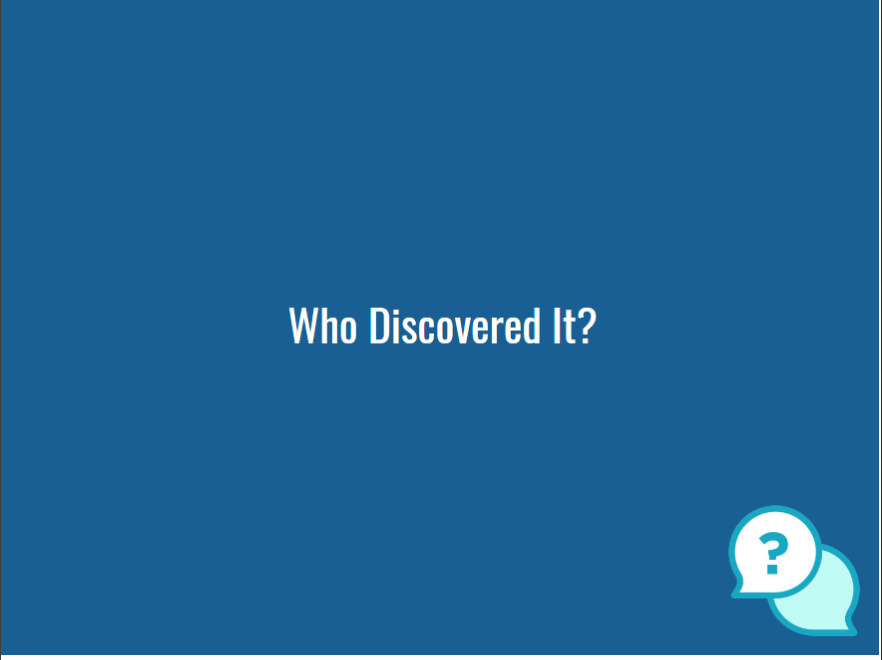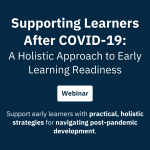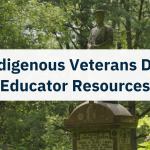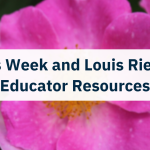National Aboriginal Day was made official in 1996 with the consultation and support of various Indigenous groups. Those included the National Indian Brotherhood (now the Assembly of First Nations or AFN), the Sacred Assembly, and the Royal Commission on Aboriginal Peoples. In 2001, the 14th Legislative Assembly of the Northwest Territories passed the National Aboriginal Day Act, making the day a formal statutory holiday. In May of 2017, Yukon passed a similar act.
National Indigenous Peoples Day
On June 21, 2017, the Prime Minister, Justin Trudeau, announced the name change to National Indigenous Peoples Day. This new name reflects the terminology used in the UN Declaration on the Rights of Indigenous Peoples. In an AFN news article, Perry Bellegarde, the national chief of the Assembly of First Nations, welcomes the change. He says it helps show “movement towards recognition and acknowledgment that these lands are the homelands of Indigenous nations and cultures.”
One National Indigenous Peoples Day goal is to celebrate First Nations, Métis, and Inuit cultures. Our team is extremely excited to be headed to Ottawa for the Summer Solstice Indigenous Festival Education Day on June 21. Education Day is a gathering of 5,000+ educators and learners from the region for workshops, cultural activities, and more. This event is part of a 3-day festival in Ottawa from June 21-23, 2018. This family-oriented, multi-disciplinary arts festival attracts 40,000+ visitors a year. It features culinary events, cultural activities, musical performances, and an International Pow Wow competition. The competition features some of the best singers and dancers from Turtle Island. The event represents the cultural diversity of the urban Indigenous community. It has full participation by First Nations, Métis, and Inuit artists.
Celebrations will be happening across Canada under the Celebrate Canada program. They will include regional Pow Wows, food, art, and other celebrations and ceremonies. To find a National Indigenous Peoples Day event near you, check the extensive list on the Government of Canada’s website.
Celebrating Indigenous Inventions and Contributions
The other goal of this day is to celebrate the contributions of Indigenous Peoples across Canada. We can trace many of the foods we eat and activities we do to Indigenous invention and discovery. That’s not mentioning Indigenous Peoples’ recent contributions to science and technology, art, politics, and other fields.
In the spirit of National Indigenous Peoples Day and raising awareness of Indigenous contributions, our team created a free Resource Kit for educators. This Kit contains four resources that introduce various everyday items invented or discovered by Indigenous Peoples in North America that your learners likely use or have used.
Learners will have the opportunity to learn about some of these items’ origins and research a past contribution and a current contribution. Learners will then teach their peers about what they have learned. Through these activities, learners will learn how many items trace to Indigenous innovation. They will learn of the important contributions made in the past and present. Although the research project would be a good addition to a high school class, these lessons are geared towards a middle school class.
These resources are free to use and share in your classrooms and schools. Although the school year is wrapping up, you may wish to bookmark this page for next year to see how they may fit with your year-plans for the 2018/2019 school year.
Indigenous Inventors and Inventions
“Who Discovered It” is the first resource in this Resource Kit. This presentation will prompt learners to understand how many common foods, technologies, games, and other items Indigenous Peoples from across North America invented or discovered. Learners view various images of everyday items and guess which items Indigenous Peoples from North America discovered or invented. It’s a trick question because all the images they will see were. It will remind learners that what they have seen in this presentation is just a sampling of Indigenous Peoples’ important contributions.
Indigenous Inventions: Food, Health, Transportation, Games, and More
“Indigenous Contributions: Food and Health” and “Indigenous Contributions: Transportation, Games, and Other Item” are the second and third resources. They are both videos that will teach your learners about the origins of a few everyday items and activities. In “Indigenous Contributions: Food and Health,” learners will learn about food and health items. In “Indigenous Contributions: Transportation, Games, and Other Item,” learners will learn about winter and summer transportation, games and other items. Both videos ask learners to evaluate food, health items and activities to see how their lives would change without Indigenous Peoples’ contributions.
Modern Indigenous Inventions
“Researching Indigenous Contribution” is the final resource in this Resource Kit about Indigenous contributions, innovations, and inventions. It is a handout that guides learners through a research activity. Learners research one contribution from the past and one from within the past 50 years. Learners then present what they’ve learned to their peers. Finally, learners will reflect on what they’ve learned from their research and peers’ presentations.
Other Resources
Our team learned many interesting facts about the origins of the foods we eat, the activities we participate in, and the equipment required for these activities while putting together this Resource Kit. We hope you and your learners will as well. If you would like more resources that will help your learners learn about the cultures and contributions of Indigenous Peoples, check out the websites below:
- INAC resources on Indigenous Peoples and Communities
- OISE guides and lesson plans for Infusing Indigenous Perspectives in K-12 Teaching
- FNESC Learning First Peoples Classroom Resources
The most important potential resources are the Indigenous communities near you. Reach out to Elders, Knowledge Keepers, and other community members about where you can find credible resources for your classroom.
Learning Bird works with Indigenous schools and communities from coast to coast to collaboratively create classroom resources that integrate language, culture, examples, and perspectives for learners in grades 6-12. Contact us if you are interested in learning how we can work together to create content that shares your Nation’s stories.
If you are part of a public school board and are looking to integrate Indigenous perspectives into your classrooms, we are also happy to help. Contact us at achieve@learningbird.com or call 1-888-844-9022.



